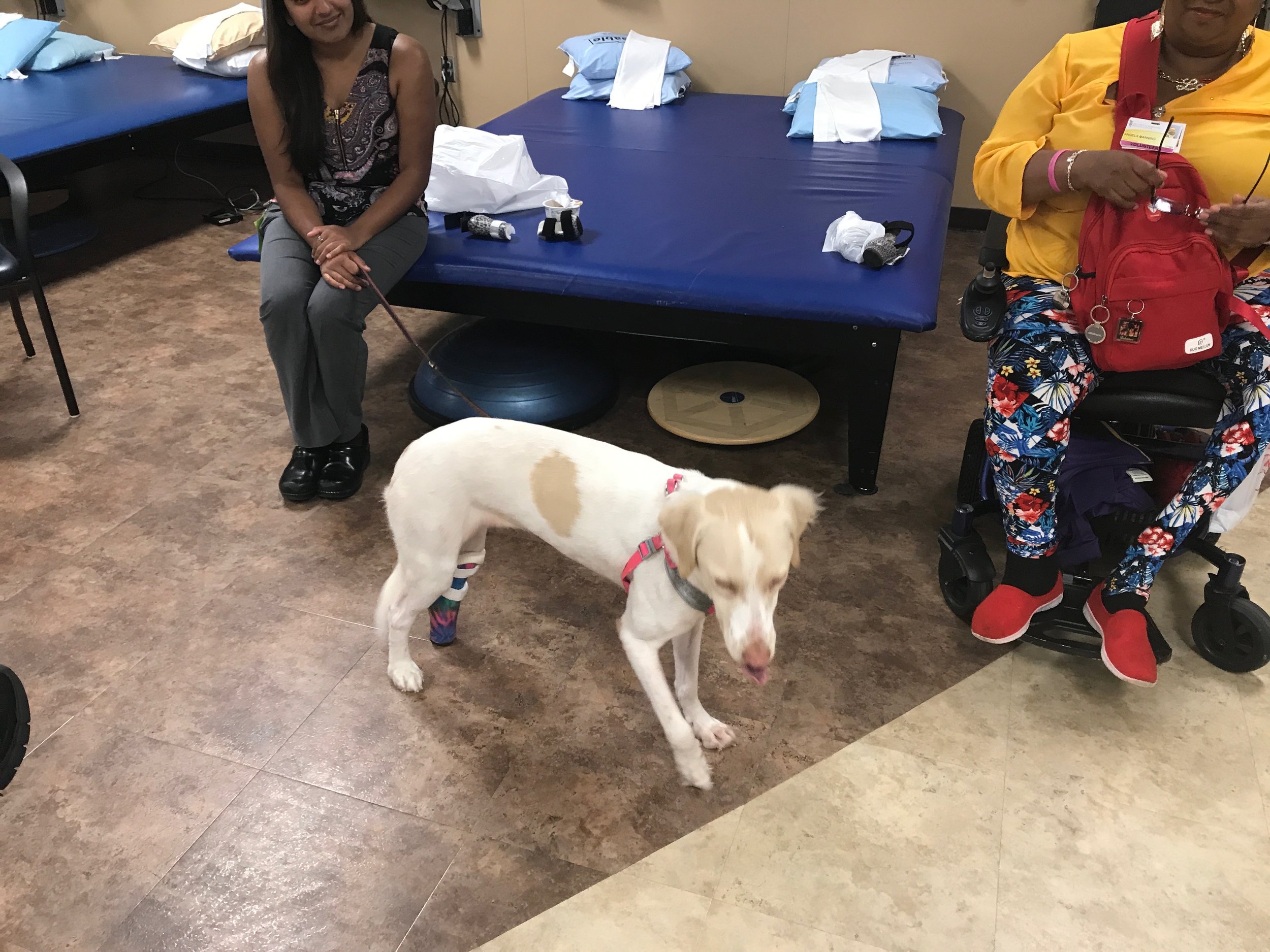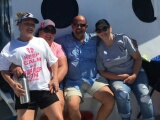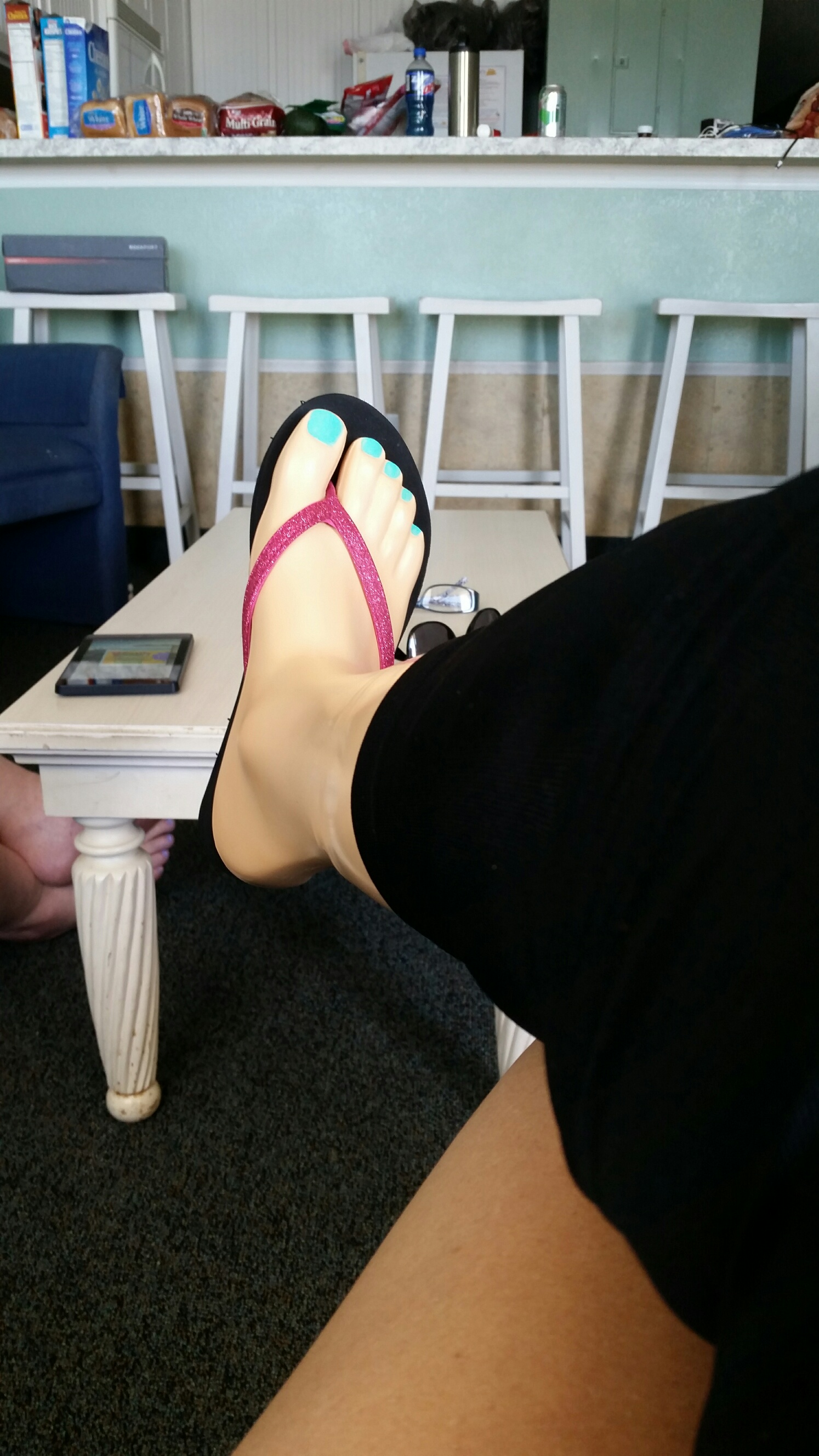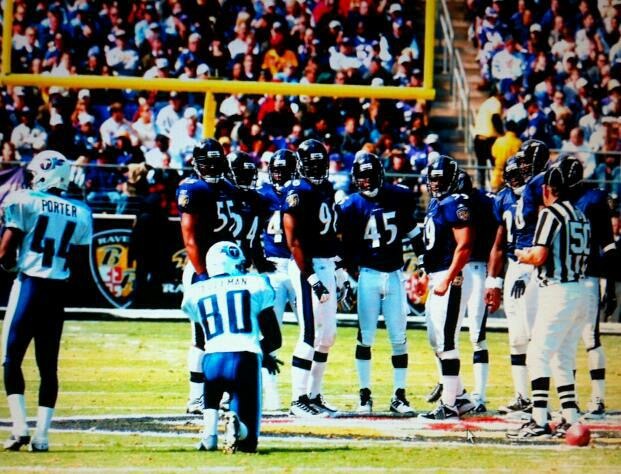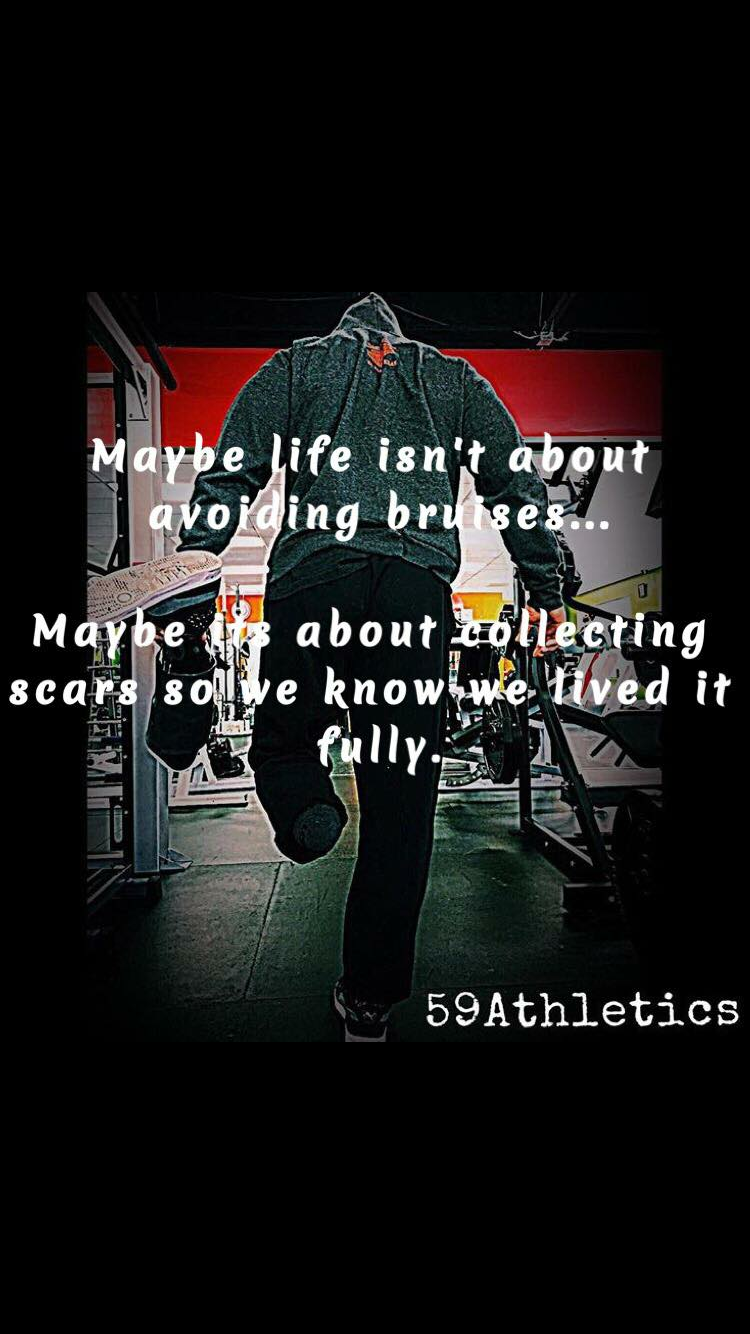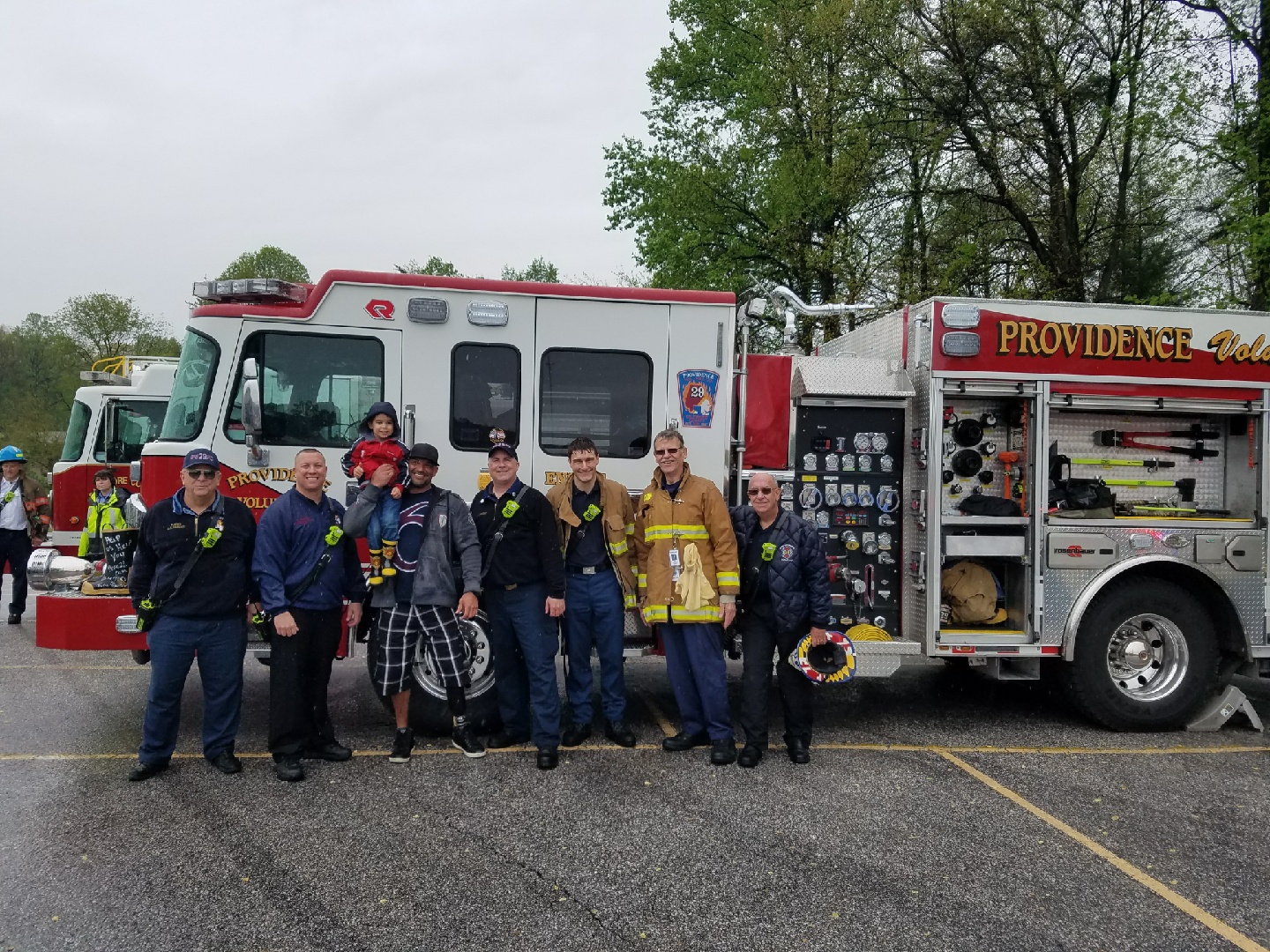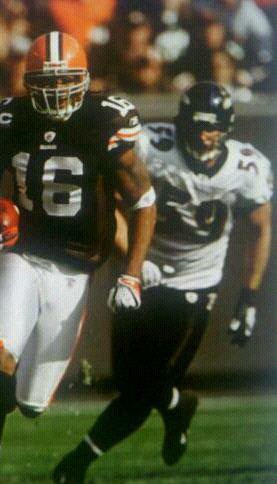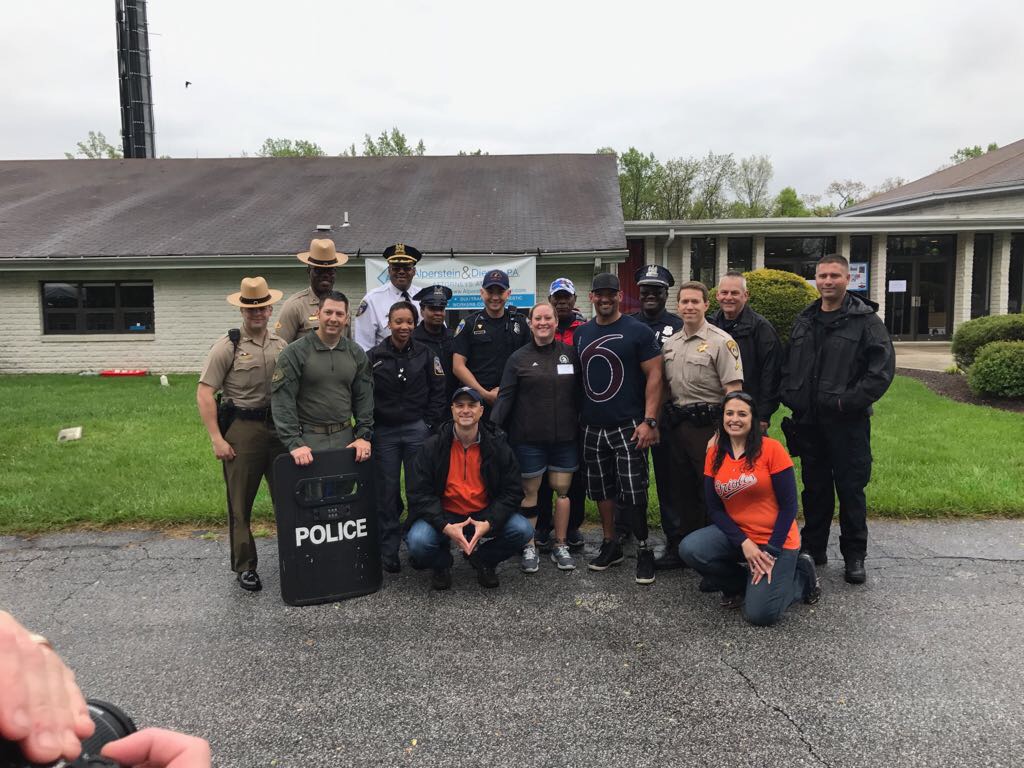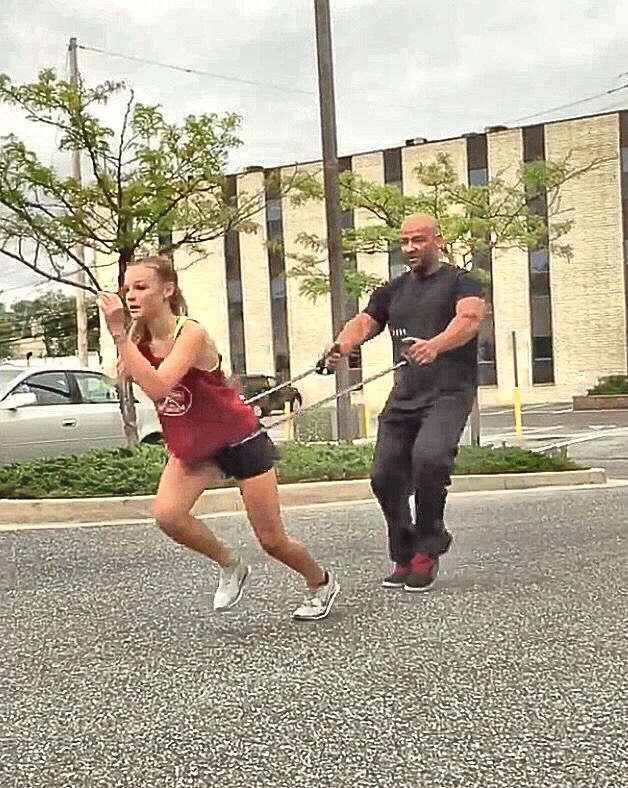It isn’t often someone can say that a piece of furniture may have saved her life. Yet, three years ago this spring, the day she whacked her foot on a kitchen table leg rushing to answer the phone may have done just that, according to Kimberly Daum. When it happened, aside from the pain, it certainly didn’t seem significant, but running into that piece of furniture is what started a series of events that eventually led Kim to becoming an amputee. At first, she thought she had broken toes, and was put in a boot to heal. She was on her feet 50-60 hours a week as a long term employee of Lowes and it didn’t take long for her to be ready to get out of that boot! After six weeks, still having pain, she had an MRI. Kim got some shocking news – there was no fracture, but she had an invasive mass in her right foot.
A biopsy revealed a rare, aggressive form of cancer called synovial sarcoma that had her surgeons recommending foot amputation. By early July she had done her research on prosthetics and was ready to go. Post surgery necrosis set in and only a week after her initial surgery, Kim found herself a below knee amputee. On top of that, she was still fighting the cancer! This very active working mom of two struggled with this sudden change in her situation. Depression and anxiety set in even as family and friends surrounded and supported her.
She wasn’t able to start chemo until five months later. For six grueling months she and her husband Chris made the hour and half drive to Ruby Memorial Hospital in Morgantown, VA, where Kim checked herself into the hospital every month for a week to do battle with her cancer – using the chemo drug they call the “Red Devil” because it is so toxic. Adriamycin and Ifosfamide are the two chemos used in treating synovial sarcoma. This cancer is very rare and unfortunately affects children. The normal treatment for this cancer is amputation because it is very aggressive and attacks bones, muscle, tendons and joints.
After completing her treatments and because of her depressed immune system, Kim could not spend time with the pets who would normally comfort her – Mugsy the Beagle, and Cheyenne the cat. At the same time, her son had to leave and report for duty for his Navy training.




